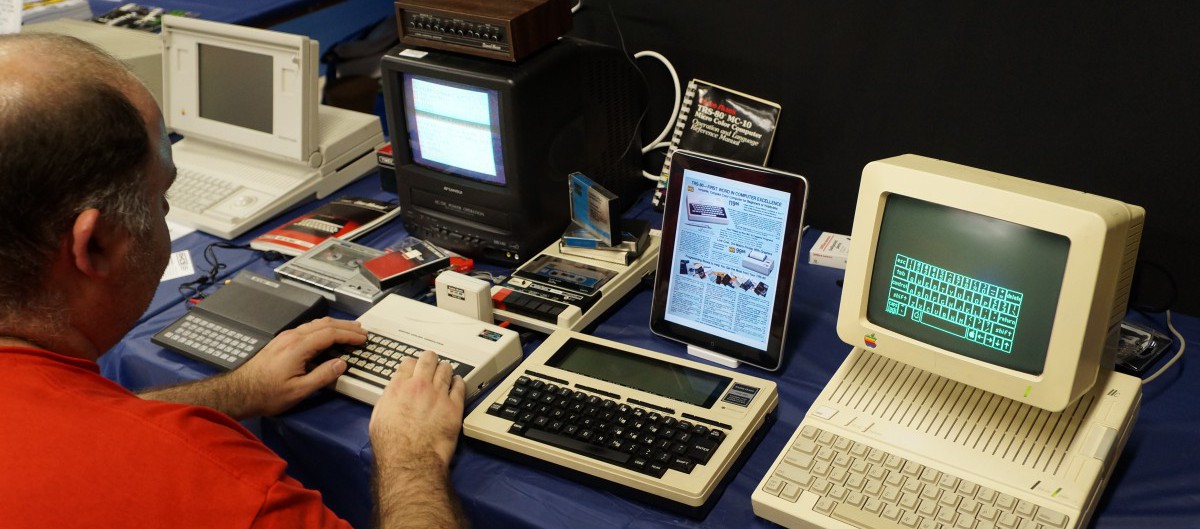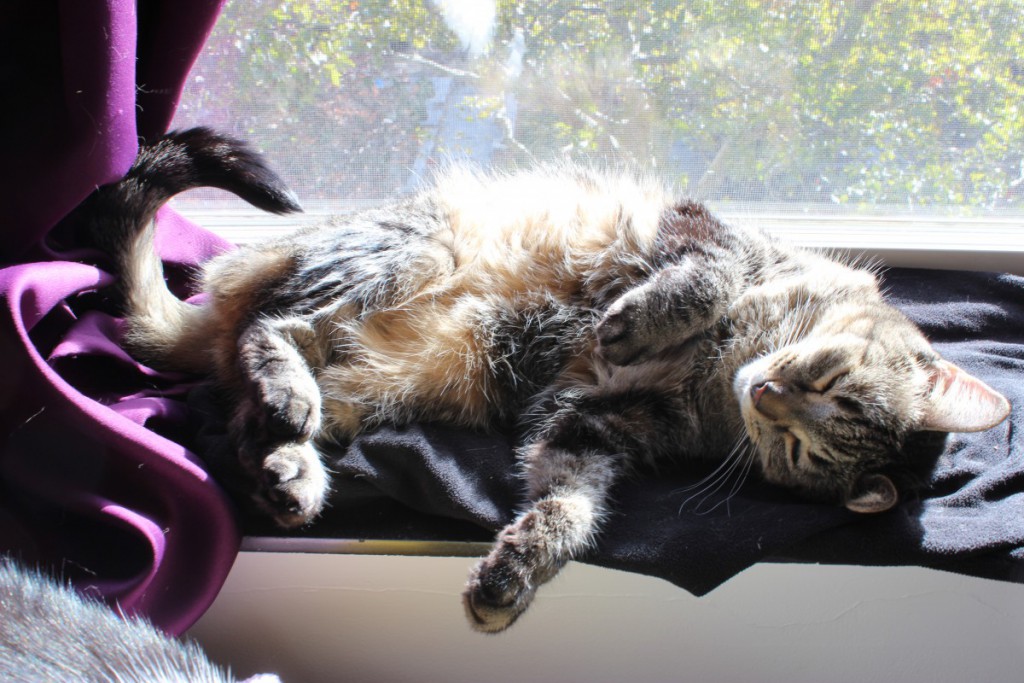During the first ten minutes of class, write a summary memo on chapter 5, “Online Language and Social Interaction” from Jones and Haffner’s Understanding Digital Literacies. After you’ve had a chance to write your memo and post it as a comment to this blog entry, we will discuss the chapter in depth before turning our attention toward Project 3.
Project 3, Planning
Before class on Thursday, copy-and-paste your planning memo for Project 3, Photography and Photosharing in a comment made to this blog post. Remember, we will use this memo as the basis for our in-class work during Thursday’s class, so it’s vitally important to complete it in time for our next meeting. Also, we will discuss chapter 5, “Online Language and Social Interaction” from Jones and Hafner at the beginning of Thursday’s class.
Are You Professionally Prepared for Robots Taking Over Our World?
Computer Usage for Working Professionals — Robots are taking over our workplace. There is much to be learned in order to keep up with the growing world of computerized information in today’s digital age. Join me as we venture out together to learn the different essential things related with intermediate computer skills. In this pilot episode we explore the need for beginners to become intermediate users of computerized technology.
This podcast was created with the audience of beginners in computer-usage in mind. Because the Internet is vast, I have to also be aware of other people who may have interest in refreshing themselves on the types of material covered in this series. I have had to make some changes to the think piece essay so that the words flowed more easily, as though I am having a direct conversation with my audience. That is still in progress as I try to convert this technical-sounding podcast into one that sounds more inviting to the listener.
Changes I have made range from including an intro and outro to the think piece as it was originally written. This makes a listener feel at ease with tuning in and out of what they are listening to. Music also played a great part in that. With the aid of non-lyrical music, I was able to give the listener some space in recovering and processing what was just said. Fading in and fading out of music during this process helps to rid the podcast of harsh edges. There is some technical expertise which has to be invested towards a project of this sort. It isn’t the same as creating a ‘think piece’ on WordPress where you simply have to go on writing. A media such as a podcast needs some expert skills in order to appeal to the audience in the same sense that you wouldn’t want a physical audience getting tired of your speech.
Truth Tea: Cultural Appropriation
Do you get tired of hearing people tell you the same bad answers all the time? Well this is exactly what you want to hear. In this first episode of Truth Tea, I’ll give you the tea on cultural appropriation.
Working with a podcast was an interesting experience. Although there were less restraints than the think piece, finding audio that was not covered laced with strict copyright laws. Finding audio and supporting clips that I could use was the hardest part of putting this podcast together.
While some may see this podcast as a race fueled rant, it was actually created with the goal of informing without passing harsh judgement. Being able to use my voice made the words on my paper more personable. The audience I’m aiming for is anyone that is willing to listen.
Culture Shock Gaming Podcast
Curious about how violent video games originated? Join us at Culture Shock Gaming in our first episode titled “Video Games Struggle on Violence,” where we examine the past and discuss how violence in video games started and popularized with the help of Mortal Kombat and Grand Theft Auto San Andreas.
I created this podcast for individuals who have some knowledge of video games and are interested in learning more. This is evident by the fact that I used sound effects when discussing certain video games; sound effects allow an audience who knows nothing about the game to visualize and understand what makes it so violent.
Not only did I decide to add sound effects, but I changed the wording of a couple of sentences around for the script as well as I believe talking in person is completely different than reading. Some changes just sound better when speaking is it can be spoken and understood easily.
I also included music that fit what each section is discussing. For example, in the paragraphs examining Mortal Kombat, I used a dark, mysterious type of music. While In the sections describing Grand Theft Auto San Andreas, I used a similar hip hop instrumental song that the game has in its soundtrack. Overall, both music and sound effects help the audience become more aware and understand what each game and section is about.
Throughout this project, I felt that it was easier to cater to more audiences. For example, i realized that it would have been possible to add several subtle lines of dialogue only an expert would understand while at the same time not bothering a beginner. This may not be easy to achieve for writing pieces as the I believe the hosts voice is achieves it.
Take a Moment to Enjoy the Sunshine
Digital Autopsy Podcast by George Gordon
The main goal for the podcast, Digital Autopsy, is to bring awareness to internet related issues and hopefully get people involved. In the first episode, we deal with the fair use issue on YouTube that is becoming a huge problem for content creators lately.
A plus of working on this podcast was that there was less constrains placed on it. For the think piece, we were limited to 750 words and that meant only a certain amount of information could be brought up but with the podcast, we are able to elaborate due to it being an auditory experience. Thanks to the use of music, adding in some more content can work rather well, however, with more content there needs to bridges and pause to allow listeners to catch their breath. As well as, adapting your voice to sound well and have a consistent tone.
Making a podcast also brings in the issue of music licenses, as we cannot just use any sound effects or music as those are protected under copyright. Overall, the work that was done was rather simple, the only issue was recording as getting into a silent area was rather annoying. If anything, the podcast allowed for to be done than what could be done in the think piece itself.
The audience I aimed for was general as it was more of an awareness-raising podcast thus the content couldn’t be too technical and be understandable to those who would have no idea these issues existed.
Beginning of Class Writing: Understanding Digital Literacies, Chapter 4, Multimodality
During the first ten minutes of class, write a summary memo of chapter four titled “Multimodality” from Jones and Hafner’s Understanding Digital Literacies. Post it here as a comment to this blog entry.
Project 2, Structure
During today’s class, you will have some time to continue transforming your think piece essay into a speakable script for your podcast. Instructions are included below from the assignment sheet.
Structure: Create a new document and copy-and-paste your think piece into it. During class, we will work together to turn your essay into a podcast script. Key components to add: an introduction for yourself, your podcast series, and your podcast episode; pauses and bridges; and an outro to close your podcast episode. All references need to be incorporated into what you say. Background or bridge music is encouraged, but not required due to the limitations of time. If you choose to use music, it must be music that you own or have the rights to (such as OpenMusic, https://musopen.org, Free Music Archive, http://freemusicarchive.org, or Creative Commons Search, https://search.creativecommons.org but note license terms, https://creativecommons.org/licenses/ and issues of fair use, http://fairuse.stanford.edu). (in-class on Feb. 25)
Using your script, you will record your podcast speech and save any sound effects or background music that you might want to use. Bring these things to class on Tuesday. Have all of this easily accessible from your flash drive/email/cloud-based storage so that we can work on these during class. If you want to work ahead, please do so. During class, you can fine tune your own work or help others in class.
Beginning of Class Writing: Jones and Haffner, Understanding Digital Literacies, Chapter 3
During the first ten minutes of class on Thursday, write a summary of your reading of the “Hyperreading and Hyperwriting” chapter from Jones and Hafner. Incorporate your own experiences and observations in your summary. Copy-and-paste your summary memo into a comment made to this blog post.




